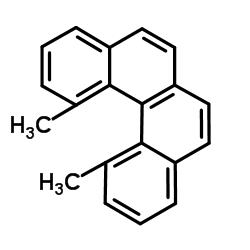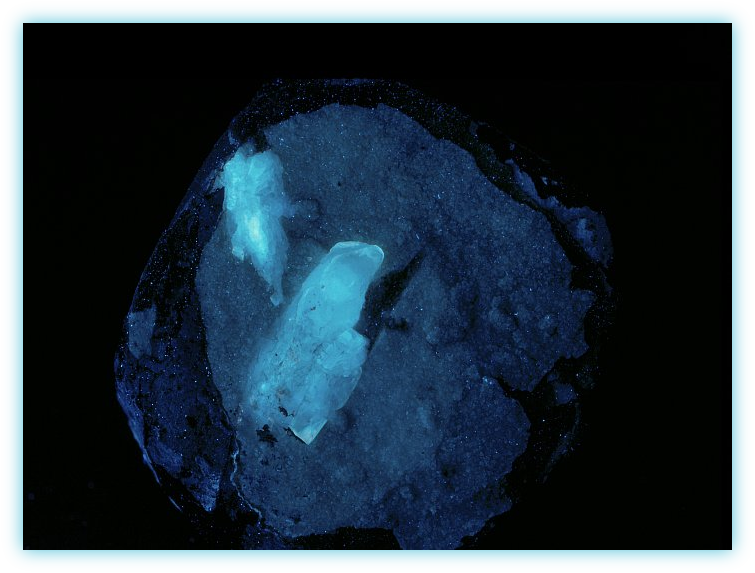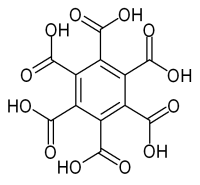in resp. white light and long wave UV
Idrialite: Culver-Baer Mine, North Fork Little Sulphur Creek, Cloverdale, West Mayacmas District, Mayacmas Mts, Sonoma Co., California, USA
The bright fluorescence is caused by polycyclic aromatic hydrocarbons. The greater the number of aromatic rings, the greater the number of conjugated double bonds. A larger number of conjugated double bonds causes fluorescence to shift to the larger wavelengths of the spectrum. According to the "Handbook of Mineralogy" idrialite is identical to dimethylbenzophenanthrene.
Long wave UV
Carpathite: Tamvatnei massif, Koryakskoe plateau, Chukotskii Autonomous Okrug, Far-Eastern Region, Russia
Fluorescence due to polycyclic aromatic hydrocarbons (intrinsic). The chemical composition of carpathiet is identical to that of coronene
Quartz double terminated with inclusions of tar and petroleum: Badakhshan Provincie, Afghanistan
Inclusions of petroleum and tar, often with gas bubbles. This natural oil-derived substances are very fluorescent and often in different colors depending on the chemical composition.
Quartz double terminated with inclusions of tar and petroleum: Badakhshan Provincie, Afghanistan
Inclusion in close-up with often multiple reflections inside the crystal.
Ozocerite on calcite: Tarstincal Quarry, Boullonais, France
Ozocerite is not an IMA recognized mineral. It is a mixture of hydrocarbons, alkanes largely with general formula: CnH2n + 2. The carbon chains have a length of somewhere between 20 and 40 carbon atoms. These paraffin molecules are not fluorescent as such but they also contain small amounts of other organic material that fluoresces.
Whewellite: Bílina coal mine, Bílina , Ústí, Bohemia, Tsjech Republic.
This mineral contains organic material that is specific to the formation of coal from plants. Also polycyclic aromatic hydrocarbons play a role here. The π-bonds of the aromatics cause the fluorescence but also the strong phosphorescence.
Whewellite: Ležáky coal quarry, Most, Ústí Regio, Bohemia, Tsjech Republic
This mineral contains organic material that is specific to the formation of coal from plants. Also polycyclic aromatic hydrocarbons play a role here. The π-bonds of the aromatics cause the fluorescence but also the strong phosphorescence.
Mellite:
Salt of aluminum and benzenehexacarboxylic acid (aluminummellitate). The fluorescence has two causes: 1) the aromatic component, the benzene ring and 2) enclosed aromatic polycyclic substances specific to the conversion of plants to coal.
in resp. white light and long wave UV
in resp. white light and long wave UV
Long wave UV
in resp. white light and long wave UV
Long wave UV
in resp. white light and short wave UV
Idrialite
Carpathite
Petroleum and tar inclusions in quartz
Petroleum and tar inclusions in quartz
Ozocerite on calcite
Whewellite
Whewellite
Mellite



